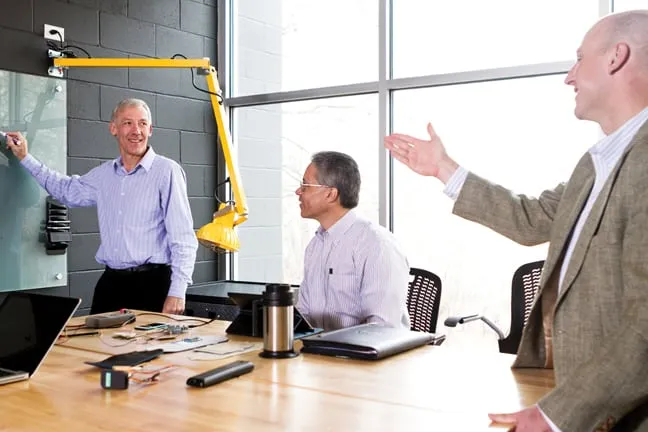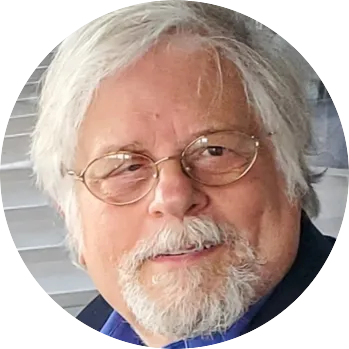High failure rates prompt startups to probe tech, manufacturing risks

Some call it “the hump” or “the gap.” Others call it the “valley of death.”
It’s that peril-filled zone between coming up with a good idea and making money from it. For an ambitious entrepreneur or startup business, getting past that obstacle is a risky journey.
No matter how brave they are, not everyone who embarks on the trip survives.
“People are convinced that they’re the next billionaire,” said Tom Bugnitz, chief executive of Boulder-based nonprofit Manufacturer’s Edge. “But then they hit the valley – they don’t know how to get capital, how to get their…
THIS ARTICLE IS FOR SUBSCRIBERS ONLY
Continue reading for less than $3 per week!
Get a month of award-winning local business news, trends and insights
Access award-winning content today!

